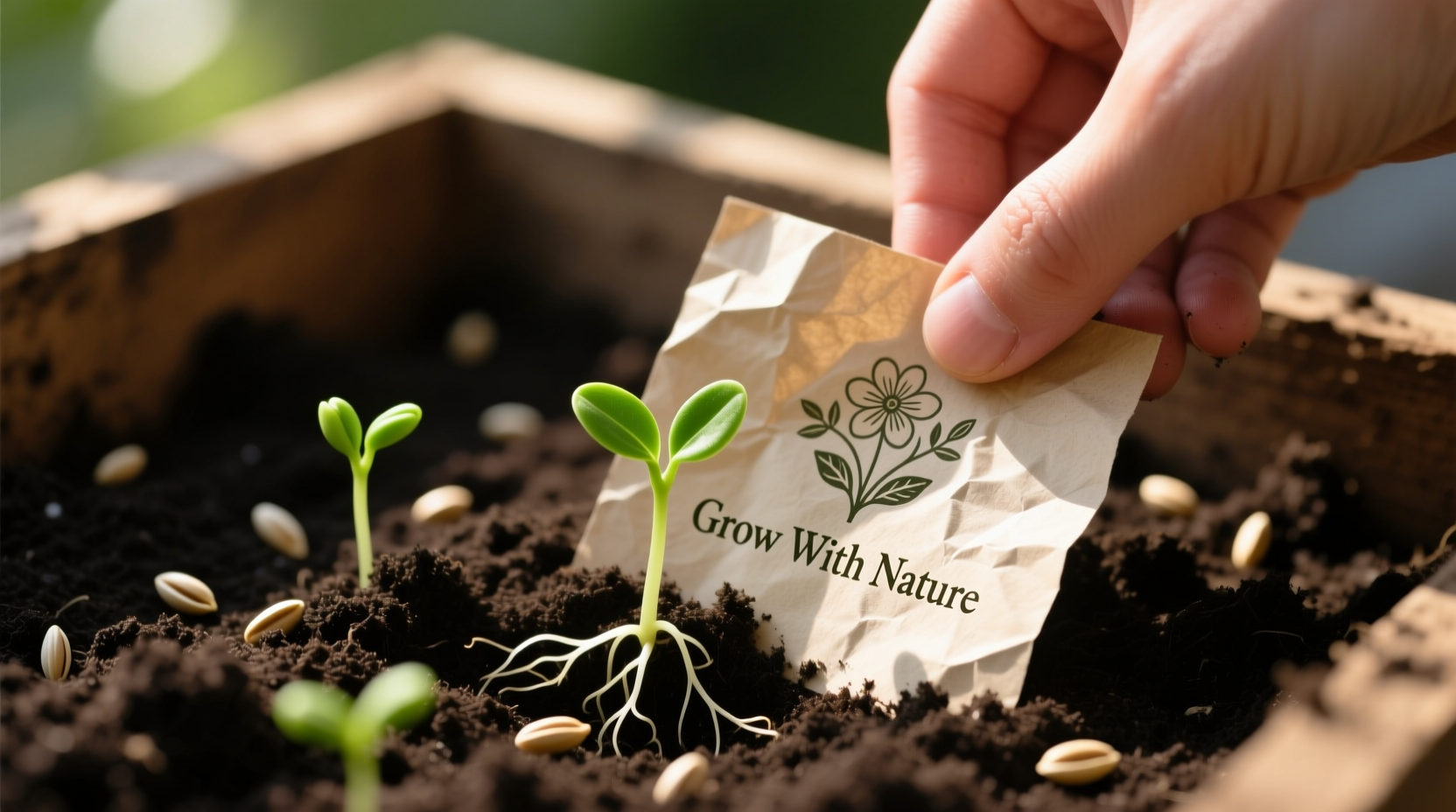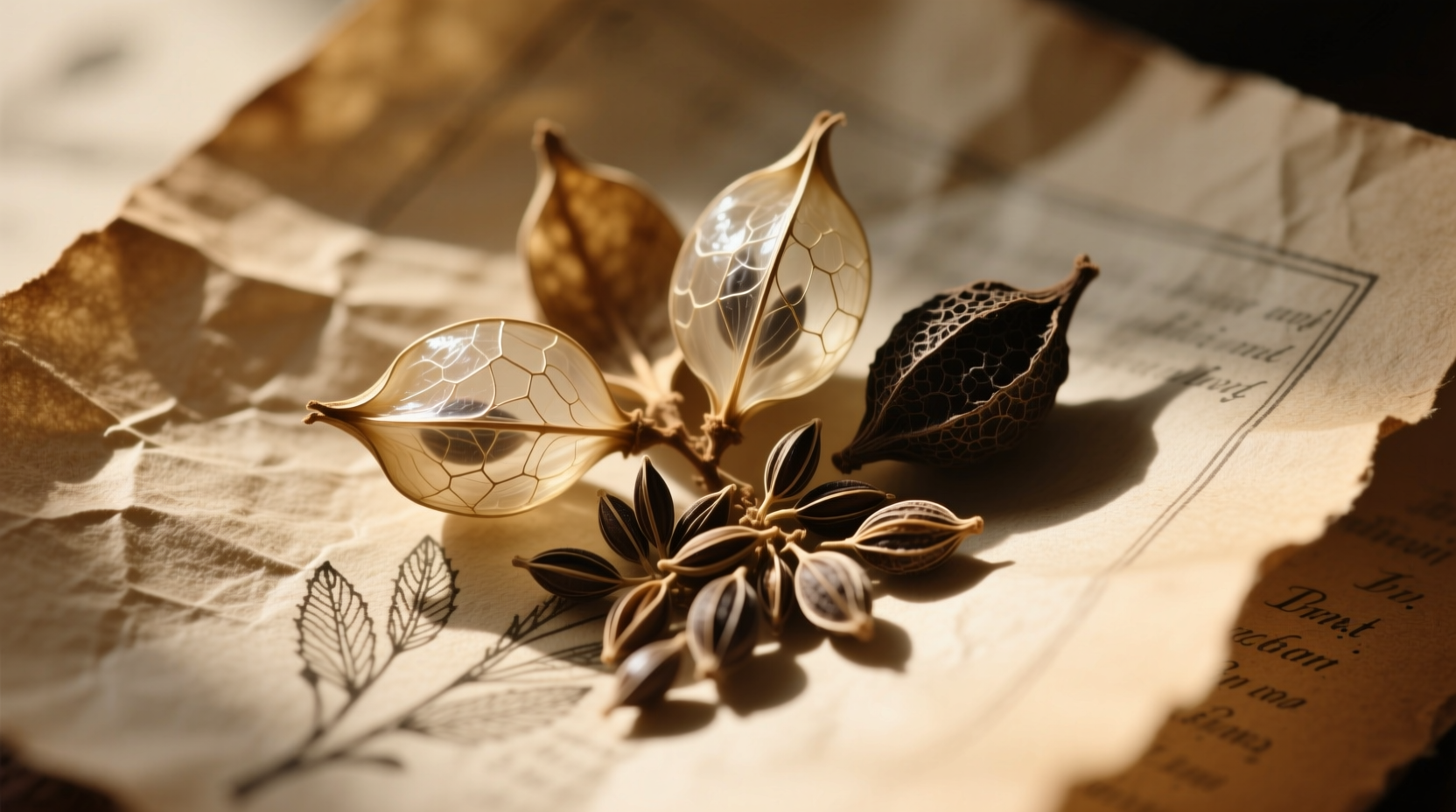What Exactly Is Seed Paper and How Does It Work?
Seed paper represents a remarkable fusion of traditional papermaking and sustainable agriculture. Unlike regular paper, this innovative material contains actual plant seeds suspended within its fibers. When you plant seed paper in appropriate conditions, the paper gradually decomposes while the embedded seeds germinate and grow.
The manufacturing process involves blending recycled paper pulp with carefully selected seeds. These seeds remain dormant until exposed to moisture and soil. The paper acts as both protective casing and nutrient source during initial germination. This clever design creates a zero-waste communication medium that literally blossoms into something beautiful.
Your Complete Guide to Planting Seed Paper Successfully
Planting seed paper seems simple, but specific conditions dramatically affect success rates. Follow these steps for optimal results:
- Prepare the soil - Use well-draining potting mix in a container or prepared garden bed
- Moisten the paper - Soak seed paper in water for 2-3 minutes until soft
- Plant properly - Place paper on soil surface, cover with 1/8 inch of soil
- Maintain moisture - Keep soil consistently damp (not soggy) for 2-4 weeks
- Provide light - Most seed paper requires 4-6 hours of indirect sunlight daily
| Seed Type | Germination Time | Light Requirements | Best Planting Season |
|---|---|---|---|
| Wildflower Mix | 7-14 days | Full sun | Spring/Fall |
| Basil | 5-10 days | Partial sun | Spring |
| Lavender | 14-21 days | Full sun | Spring |
| Clover | 7-14 days | Partial shade | Fall |
According to the USDA Agricultural Research Service, proper moisture management during the first three weeks determines 80% of planting success with seed paper products. Their studies show that maintaining consistent soil moisture between 40-60% saturation yields optimal germination rates for most common seed paper varieties.
Environmental Impact and Historical Development
Seed paper's evolution represents an interesting timeline of sustainable innovation:
- 1980s - Early experiments with embedding seeds in handmade paper by environmental activists
- 1995 - First commercial seed paper products introduced for wedding invitations
- 2003 - Development of standardized seed paper manufacturing processes
- 2010 - Widespread adoption by eco-conscious businesses for marketing materials
- 2020s - Integration of native plant species to support local ecosystems
The Environmental Protection Agency notes that seed paper products have diverted over 2,500 tons of paper waste from landfills annually since 2018. When properly planted, these materials contribute to biodiversity by introducing native plant species into urban environments.
Common Challenges and How to Overcome Them
Despite its simplicity, several factors can affect your seed paper's success:
- Insufficient moisture - The most common failure point; check soil twice daily during germination
- Planting too deep - Seeds need proximity to light; never bury deeper than 1/4 inch
- Seasonal mismatch - Planting cold-season seeds in summer (or vice versa) reduces success
- Poor seed viability - Quality seed paper uses seeds tested for 85%+ germination rates
Research from Cornell University's School of Integrative Plant Science indicates that seed paper planted during appropriate seasonal windows has a 78% success rate, compared to just 32% when planted during unfavorable seasons. This dramatic difference underscores the importance of matching your seed paper type to local growing conditions.

Choosing Quality Seed Paper Products
Not all seed paper products deliver equal results. Look for these quality indicators:
- Clear identification of seed varieties used
- Germination testing documentation
- Native or non-invasive plant species
- Recycled paper content percentage
- Proper storage instructions to maintain seed viability
The Native Seed Network recommends verifying that seed paper products contain regionally appropriate species to avoid introducing invasive plants. Their guidelines emphasize that effective seed paper should support local ecosystems rather than potentially disrupt them with non-native species.
Practical Applications Beyond Greeting Cards
While wedding invitations and greeting cards represent common uses, seed paper serves numerous practical purposes:
- Eco-friendly product packaging that customers can plant
- Event favors that transform into living mementos
- Educational tools for teaching children about plant life cycles
- Marketing materials that demonstrate environmental commitment
- Art projects combining creativity with sustainability
Maximizing Your Seed Paper Experience
For best results with your seed paper, remember these key principles:
- Store unopened seed paper in a cool, dry place until ready to plant
- Match the seed variety to your local climate and planting season
- Maintain consistent moisture during the critical first three weeks
- Be patient—some seeds take several weeks to show visible growth
- Consider starting indoors if planting during marginal weather conditions
By understanding both the science behind seed paper and the practical steps for successful planting, you transform a simple piece of paper into a living connection with nature. This innovative material represents one of the most tangible ways to reduce waste while actively contributing to greener spaces.











 浙公网安备
33010002000092号
浙公网安备
33010002000092号 浙B2-20120091-4
浙B2-20120091-4